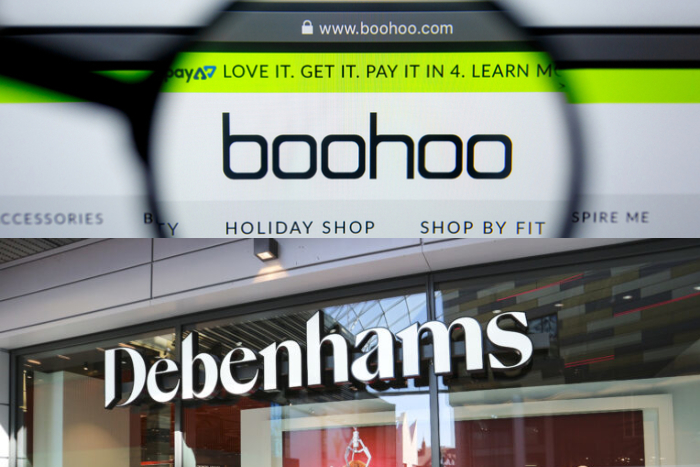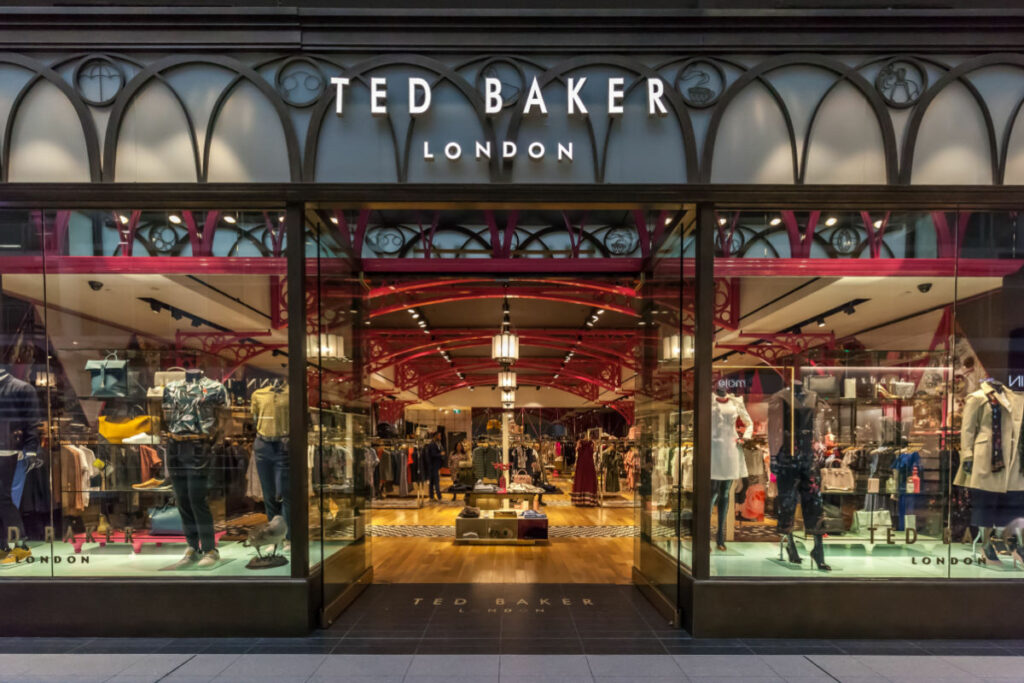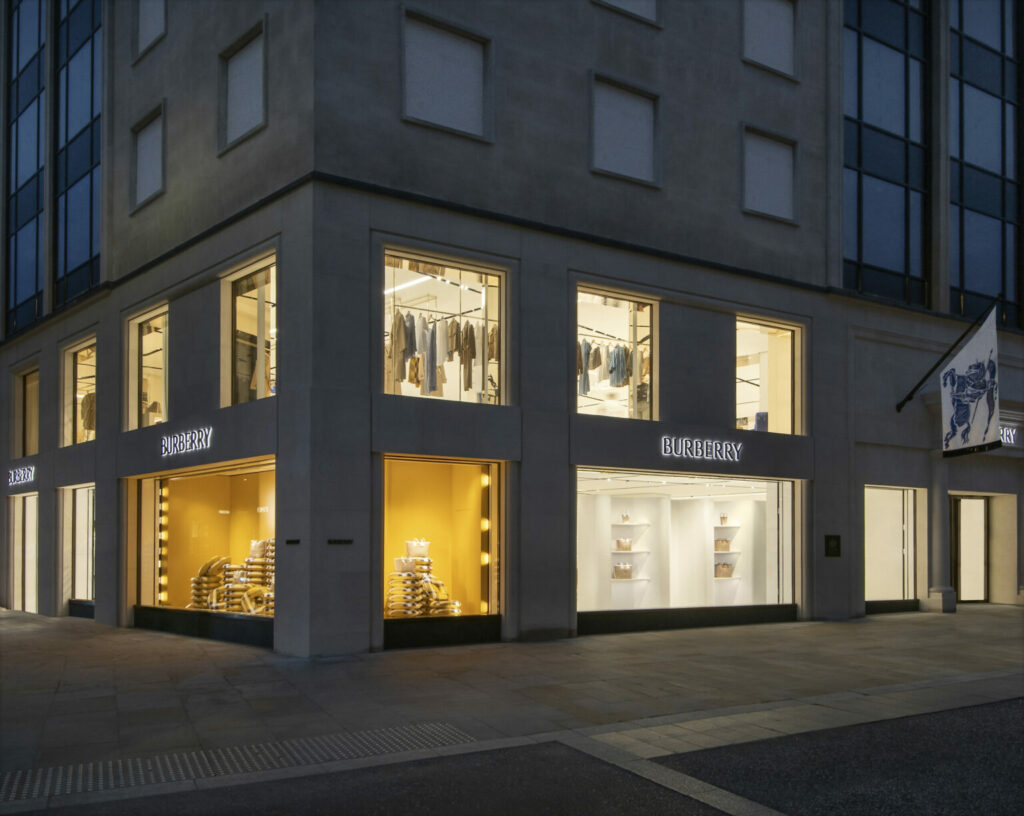Fast fashion retailers continue to grapple with the ongoing cost-of-living crisis and its effect on consumers as well as a resurgence of physical retail with shoppers heading back to physical stores.
Boohoo is no different as it slumped to a £91 million pre-tax loss in the year to the end of February this week.
The group, which owns brands including PrettyLittleThing, Nasty Gal, MissPap and Boohoo itself, said its profits fell due to dampened consumer demand, as well as rising operating costs and the popularity of physical stores post-pandemic.
Despite the profits plunge, Boohoo is confident it can get back to growth and profitability in the next financial year as it focuses on building “a leaner lighter faster business model” across all its brands.
But how exactly will it reverse its fortunes?
Improving product

Boohoo Group chief executive John Lyttle is aiming to enhance its value by producing clothing that will last a lifetime through “improved quality, size and fit”.
This comes as returns rates soar. Gross sales before returns were actually flat at the retailer, however, it’s returns rates climbed above the, albeit low, pre-pandemic levels.
Boohoo is also focused on getting back to its fast-fashion roots and making sure its products are hitting the latest trends and prices are as keen as ever amid the cost-of-living crisis.
Lyttle says: “We need to stay on top of trends and make sure we’re offering the right product at the right price as quickly as possible.”
“Speed matters and shorter lead times are critical in our drive to get back to growth.”
It has improved lead times, which Lyttle says were “three weeks faster in April compared to a year before” as it vies to be quick to market with the latest trends.
“It’s crucial to have a fantastic fashion offering across its portfolio for all demographics.”
Cutting costs
The business is taking steps to rationalise costs as it eyes profitability and will reduce overheads by over £50m through headcount reduction and other initiatives, all of which are in flight.
This will ensure that the business is “the right size for the current environment”. It will also allow it to “selectively invest” in key growth initiatives.
The group is also reducing its stock levels in light of weakened demand as it moves towards a “leaner, lighter, and faster” inventory model.
Stock levels are down 36% from last year, or £100m in absolute terms, and it sees opportunity to reduce this further.
Chief financial officer Shaun McCabe says it is “trying to make sure its cost base is appropriately sized for the current environment as it gets back to growth”.
“Cash is queen and careful cash management is key for the business,” McCabe adds.
Investing in the US and wholesale growth
Despite the cost-cutting, the business is investing in growth areas, with the US seen as a territory where it can accelerate its performance.
The retailer calls its new distribution centre in the US “a significant game changer” for its US business.
By the end of the summer, the first phase of its one million sq ft US distribution centre will go live. The warehouse will be able to serve 95% of the US within three days compared with an up to 10 day delivery window over the past couple of years.
“And as we grow, this will provide the additional capacity that the group will need to be in key focus markets within proximity to our customers,” says McCabe.
The group also sees “wholesale and marketplace partnerships as key for growth” and as routes to expand its global reach and awareness.
It currently trades through five key partners and wants to ink more tie-ups in new regions.
Lyttle says it “will continue to invest selectively where we see clear opportunities to support our strategy”.
Accelerating growth at Debenhams

Back in January 2021, Boohoo bought Debenhams out of administration in a £55m deal and resurrected the 242-year-old department store as an online-only brand.
Lyttle says it is “very happy” with Debenhams’ performance “from an investment point of view” as it is already profitable.
It now has “ambitious plans” for the online department store as Lyttle looks to “accelerate” Debenhams with “a focus on premium”.
The group wants to add more brands and more products onto the site as it looks to grow its customer base to capitalise on Debenham’s “huge brand awareness”.
It is currently in discussions with lots of big-name brands about joining the platform which will help “turbo that growth”.
Debenhams.com already has more than 1,600 brands on its website, which Boohoo says is “already way ahead of the number of brands which were on the old Debenhams”.
Beauty
One of Debenhams’ strengths is its beauty offer, as it houses 85% of premium beauty brands, including Urban Decay and Marc Jacobs.
However, Boohoo wants to elevate is beauty offer throughout the group, both branded and own-brand.
Last November, Boohoo more than doubled its stake in affordable cosmetics retailer Revolution Beauty from 12.8% to 26.4%, making it the retailer’s single largest shareholder.
Not only does Boohoo sell Revolution products on its websites, Lyttle says the acquisition has “given us more insights into what we can do with our internal brands”.
Click here to sign up to Retail Gazette‘s free daily email newsletter

















